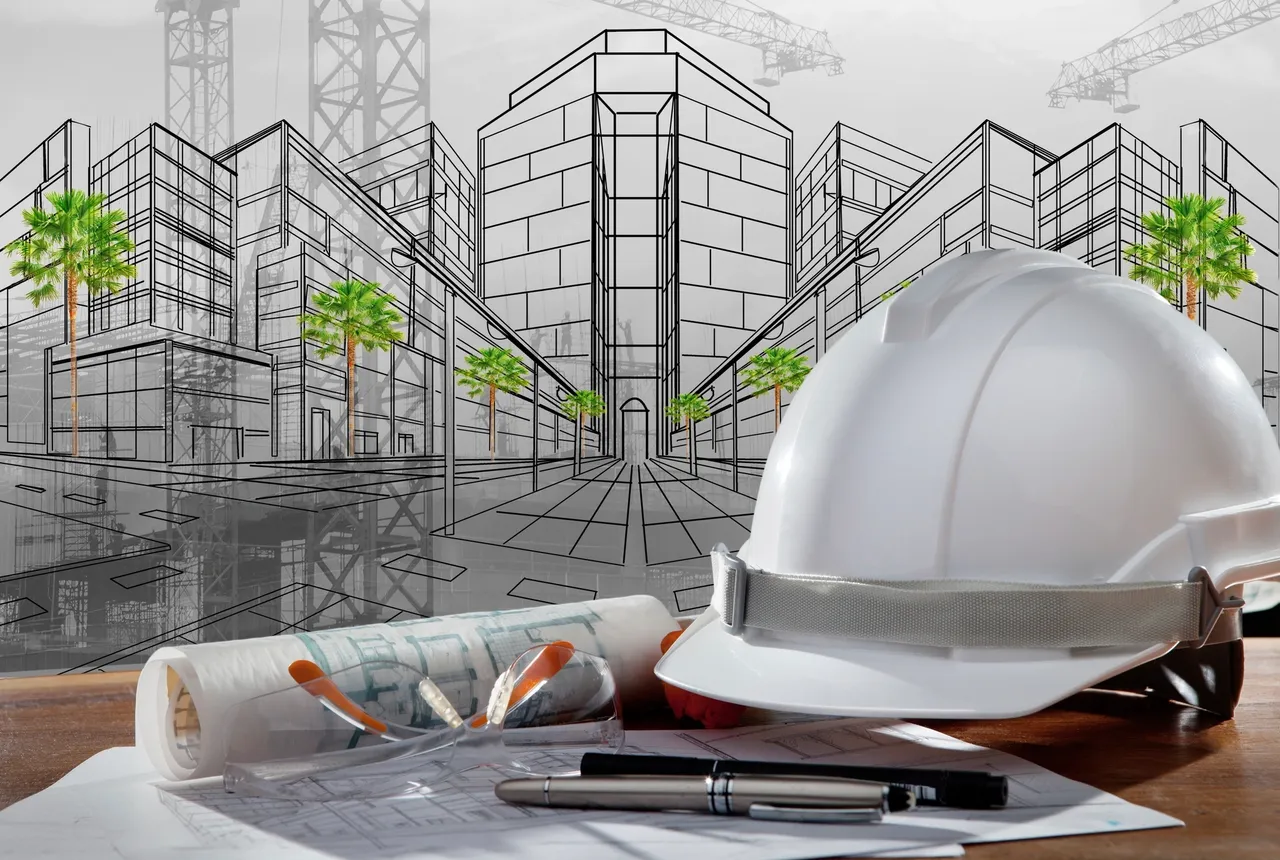Trends in Sustainable Building Materials: A Greener Future for Construction
As the construction industry faces increasing pressure to reduce its environmental footprint, the focus on sustainable building materials has never been more crucial. With growing awareness of climate change and the need for more eco-friendly practices, builders, architects, and designers are turning to materials that not only offer superior performance but also contribute to the health of our planet. In this blog post, we’ll explore the latest trends in sustainable building materials, including recycled materials, bamboo, and green insulation, and examine their impact on the construction industry.
1. Recycled Materials: Giving New Life to Old Materials
One of the most significant trends in sustainable construction is the use of recycled materials. These materials help reduce waste, lower carbon emissions, and reduce the need for virgin resources, making them a cornerstone of green building practices.
- Recycled Concrete: Recycled concrete is made from crushed concrete debris, offering a sustainable alternative to traditional concrete. By reusing concrete, it minimizes landfill waste and reduces the environmental impact of producing new concrete.
- Recycled Steel: Steel is one of the most recycled materials globally. Using recycled steel in construction helps conserve natural resources and reduces energy consumption. It also maintains the strength and durability that steel is known for.
- Recycled Wood: Using reclaimed wood from old barns, warehouses, or demolished buildings provides a unique, eco-friendly material that can add character to any project. It not only reduces waste but also gives new life to materials that might otherwise go unused.
2. Bamboo: A Renewable and Versatile Material
Bamboo has gained widespread popularity in the construction industry due to its sustainability and rapid growth cycle. Unlike hardwood trees that take decades to mature, bamboo can be harvested in just 3-5 years, making it an excellent renewable resource. Here’s why bamboo is becoming a go-to material for sustainable building:
- Strength and Durability: Bamboo is incredibly strong and has a higher tensile strength than steel, which makes it suitable for structural applications, flooring, and even furniture.
- Carbon Sequestration: Bamboo absorbs carbon dioxide and releases oxygen at a higher rate than most trees, making it a valuable tool in mitigating climate change.
- Versatility: Bamboo can be used in a variety of construction applications, from flooring and cabinetry to structural elements such as beams and scaffolding.
- Aesthetically Pleasing: Bamboo adds a natural aesthetic to any building, blending modern design with eco-conscious choices.
3. Green Insulation: Enhancing Energy Efficiency
Insulation is a critical part of any building, keeping the interior temperature stable and reducing energy consumption. Traditionally, insulation materials like fiberglass or foam have been less eco-friendly. However, in recent years, new green insulation materials have emerged that are both highly efficient and better for the environment.
- Cellulose Insulation: Made from recycled newspaper, cellulose insulation is an excellent choice for reducing energy costs. It is biodegradable, non-toxic, and provides superior thermal performance, helping to keep buildings warm in the winter and cool in the summer.
- Hemp Insulation: Hemp is another eco-friendly material that has gained traction in the construction industry. Hemp insulation is natural, breathable, and offers superior moisture resistance. It also sequesters carbon during its growth, making it a great choice for reducing the carbon footprint of a building.
- Cork Insulation: Cork is renewable, recyclable, and an excellent insulator. It can be used as both thermal and acoustic insulation, offering benefits like energy efficiency and soundproofing.
- Recycled Cotton Insulation: Made from cotton fabric scraps, this insulation is a natural and sustainable alternative to traditional materials. It’s non-toxic, fire-resistant, and provides excellent thermal and acoustic performance.
4. Low-Impact Paints and Finishes
Another growing trend in sustainable construction is the use of low-impact paints and finishes. Traditional paints can contain volatile organic compounds (VOCs), which release harmful toxins into the air. Today, eco-friendly paints are available that use natural ingredients such as plant-based oils and minerals, providing a healthier environment for both construction workers and future inhabitants.
- Non-Toxic Paints: Many companies now produce non-toxic paints made from natural pigments and ingredients. These paints are free of harmful chemicals, improving indoor air quality and reducing environmental impact.
- Low-VOC and Zero-VOC Paints: These paints release fewer toxins into the atmosphere, helping to maintain better air quality in buildings while also minimizing their contribution to pollution.
5. Recycled Glass and Plastic
Recycled glass and plastic are also being integrated into building materials, from countertops and tiles to insulation and cladding. By using recycled glass, builders are able to create visually appealing surfaces while reducing waste and conserving natural resources.
- Recycled Glass Tiles: These tiles are made from post-consumer glass and are available in various colors and patterns, providing an attractive and sustainable alternative to traditional ceramic tiles.
- Recycled Plastic: Recycled plastic can be used in a variety of construction applications, including insulation, roofing, and siding. Using recycled plastic helps reduce the amount of plastic waste in landfills and reduces the need for new plastic production.
The Future of Sustainable Building Materials
The future of construction lies in innovation and eco-conscious design. As technology advances and the demand for sustainability grows, we can expect even more exciting materials and techniques to emerge. Builders and architects are increasingly focused on incorporating sustainability into every aspect of their projects, from the ground up.
Sustainable materials not only help protect the environment, but they also promote healthier living spaces and can offer long-term cost savings. The continued development of eco-friendly materials like recycled products, bamboo, and green insulation will play a vital role in shaping a more sustainable and energy-efficient future for the construction industry.
By embracing these trends, the construction industry can reduce its environmental impact while creating beautiful, functional, and energy-efficient spaces that will benefit future generations.

